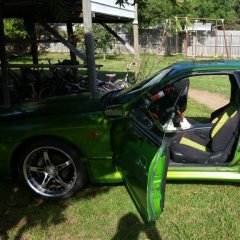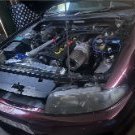ECU CAPABILITY
Announcements
-
Similar Content
-
Latest Posts
-
with the car running (runs fine when temp is cold), I unplugged the MAF and the car stalled. I have already cleaned it a week ago. I unplugged the O2 sensor from the left side of the vehicle, and the car was still running. I let it idle for about 5-7 minutes and shut it off, to see if it would restart, and it did not. It cranks but doesn't start after engine temp gets up to normal range. I still need to look at the coolant temp sensor, is this one at the top or bottom of the radiator? Or is it one of the sensor threaded into the T-stat housing?
-
fair call about sau.com.au really, only the pics give it away
-
Hey Sau Fam, got a few goodies laying around not easy to find in this condition these days! Skyline R32 GTS/GTST RH Front Corner Indicator With Wiring Loom $225 Skyline R32 GTST (Driver Side) Front Corner Indicator - RH No Broken Lugs $240 Skyline R33 Sedan TailLights Series 1 (KOITO) Tail Lights S1 (4 Door) $750 Nissan Skyline R33 Sedan Tail Lights (Series 2) 4 Door R33 TailLights S2 $850 IMPUL (Long Version) Rare Discontinued Shift Gear Knob – M10x1.25 $280 IMPUL Discontinued Short Shift Gear Knob M10x1.25 $260 Nissan Skyline R33 Floor Mats Full 5 Piece set $300 Skyline R33 GTS/GTST Front (SILVER) Grill With S Badge Series 1 (NO BROKEN LUGS) $400 Skyline R33 GTS/GTST Front (BLACK) Grill With S Badge Series 1 (NO BROKEN LUGS) $400 📍Located: Melbourne - (Western suburbs) 🌎 Australia & International Postage Available At Buyers Expense. DM me if interested
-
It possibly could. But the problem he has is that the existing paperwork for the car says it's Mines.
-







Recommended Posts
Create an account or sign in to comment
You need to be a member in order to leave a comment
Create an account
Sign up for a new account in our community. It's easy!
Register a new accountSign in
Already have an account? Sign in here.
Sign In Now